Surflan (Oryzalin) -- Limited Supplies and Uncertain Future?
Supplies of Surflan are limited. I cannot independently confirm the following but this is what I was told by …



El inglés es el idioma de control de esta página. En la medida en que haya algún conflicto entre la traducción al inglés y la traducción, el inglés prevalece.
Al hacer clic en el enlace de traducción se activa un servicio de traducción gratuito para convertir la página al español. Al igual que con cualquier traducción por Internet, la conversión no es sensible al contexto y puede que no traduzca el texto en su significado original. NC State Extension no garantiza la exactitud del texto traducido. Por favor, tenga en cuenta que algunas aplicaciones y/o servicios pueden no funcionar como se espera cuando se traducen.
Inglês é o idioma de controle desta página. Na medida que haja algum conflito entre o texto original em Inglês e a tradução, o Inglês prevalece.
Ao clicar no link de tradução, um serviço gratuito de tradução será ativado para converter a página para o Português. Como em qualquer tradução pela internet, a conversão não é sensivel ao contexto e pode não ocorrer a tradução para o significado orginal. O serviço de Extensão da Carolina do Norte (NC State Extension) não garante a exatidão do texto traduzido. Por favor, observe que algumas funções ou serviços podem não funcionar como esperado após a tradução.
English is the controlling language of this page. To the extent there is any conflict between the English text and the translation, English controls.
Clicking on the translation link activates a free translation service to convert the page to Spanish. As with any Internet translation, the conversion is not context-sensitive and may not translate the text to its original meaning. NC State Extension does not guarantee the accuracy of the translated text. Please note that some applications and/or services may not function as expected when translated.
Collapse ▲Supplies of Surflan are limited. I cannot independently confirm the following but this is what I was told by …
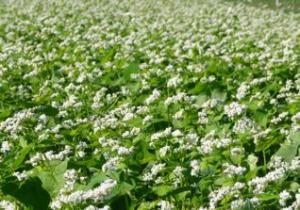
The analysis of the 2020 Cover Crop Survey is available and posted on SARE’s website for viewing. Farmers from …
Dee Shore | 1/13/2021 | North Carolina State University CALS News Honey bee health has been on the decline for …
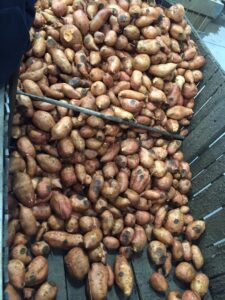
From Madison Stahr and Dr. Lina Quesada-Ocampo Sweetpotato black rot, caused by the fungal pathogen Ceratocystis fimbriata, was found in …

It is the time of year when landscapers and homeowners are seeing chickweed and henbit emerging in their winter …
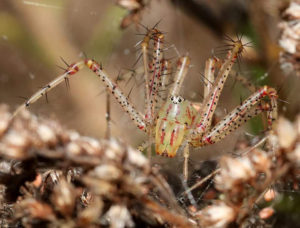
Chatham Conservation Partnership conducted a webinar on SPIDERS on October 15, 2020, and we had a great turnout of about 130 …

Wanting to learn more about other IPM Extension programs across the country? Then join us and the Southern Region IPM …
Soybean rust was found and confirmed on soybeans in Hyde County, NC. Soybean rust has the potential to cause …
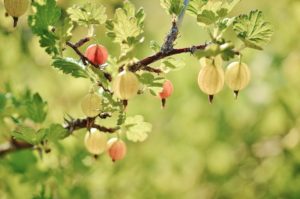
9/16/2020 – The short answer is “no.” You cannot legally grow currants or gooseberries in North Carolina. The reason …
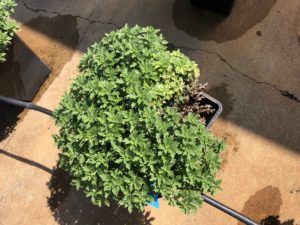
The number of chrysanthemum samples diagnosed with Fusarium wilt this year is well above average, according to NC State …

9/14/2020 – We are happy to announce that the 2020 NC State University Virtual Hemp Field Day is now …
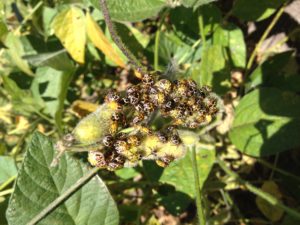
Although stink bugs were light across the state (with a few exceptions) in corn and cotton, it looks like …
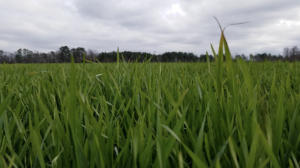
Are you planting wheat this fall? Join us for part 1 of our “Wheat Production Series” on September 25, 2020, from …
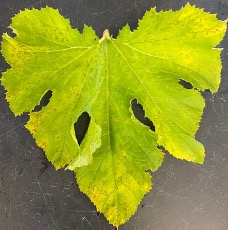
Written by Lina Quesada-Ocampo and Kimberly D’Arcangelo Cucurbit downy mildew, caused by the oomycete pathogen Pseudoperonospora cubensis, has been confirmed …
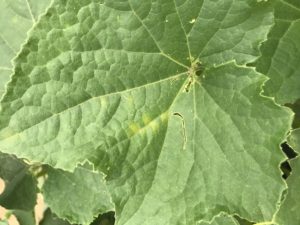
Cucumber Downy Mildew (CDM) has been confirmed on cucumber plants in our sentinel plot in Waynesville, NC (Haywood County). …

Winter is still months away but the time to apply preemergence herbicides to control fall-germinating weeds is upon us. …

Brunswick County Horticulture Agent Sam Marshall explained some basic Integrated Pest Management, or IPM, tenets on the Master Gardener podcast Getting …
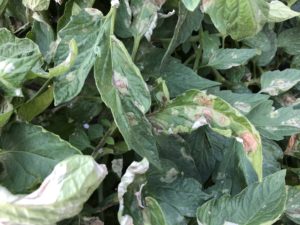
Late blight on tomato was confirmed in Buncombe County on July 17, 2010, and confirmed by microscopic observation of …

The emerald ash borer, a beautiful but extremely destructive, exotic insect pest, has now been detected in North Carolina. …
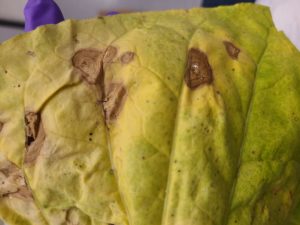
Persistent wet weather conditions continue to cause issues for tobacco diseases across the state. In particular, target spot, caused …
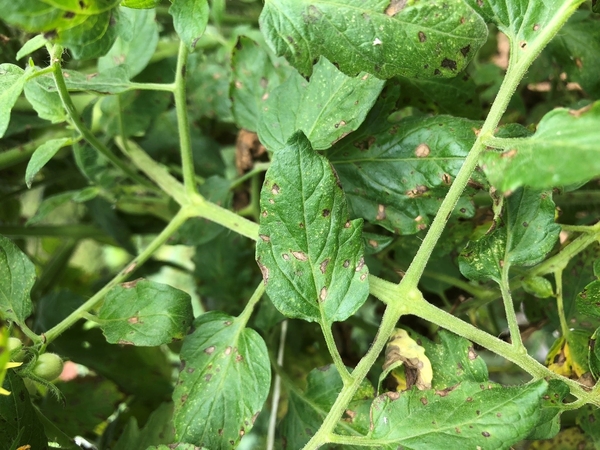
This publication describes gray leaf spot of tomato. Disease management options are provided for conventional …
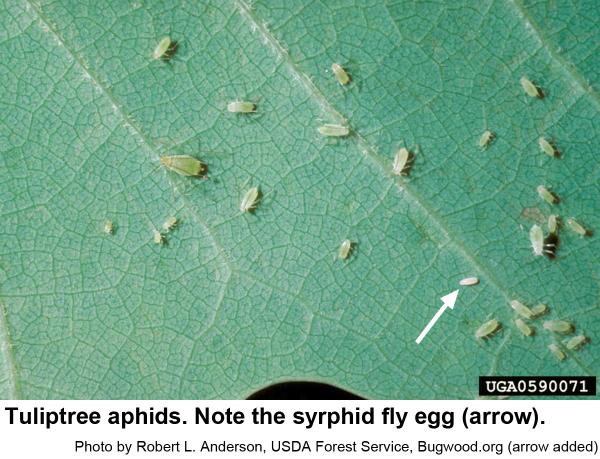
This factsheet describes the biology of the tuliptree aphid, Illinoia liriodendri, and provides residential management …
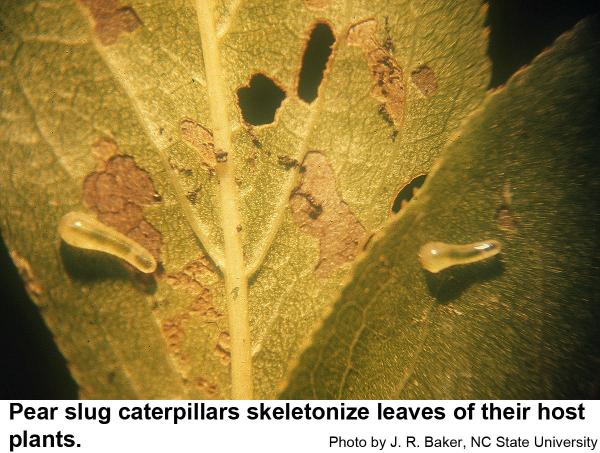
This factsheet describes the biology of the blackgum Leafslug Sawfly, Caliroa nyssae, and provides residential …

This factsheet describes the biology of the pearslug, Caliroa cerasi, and provides residential management recommendations. …
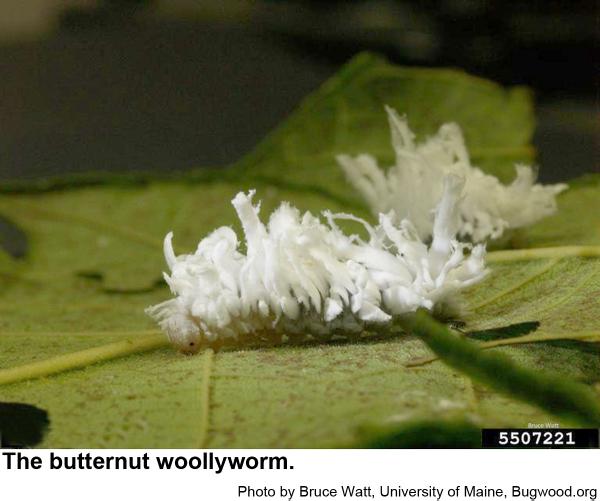
This factsheet describes the biology of the butternut woollyworm, Eriocampa juglandis, and provides residential management …
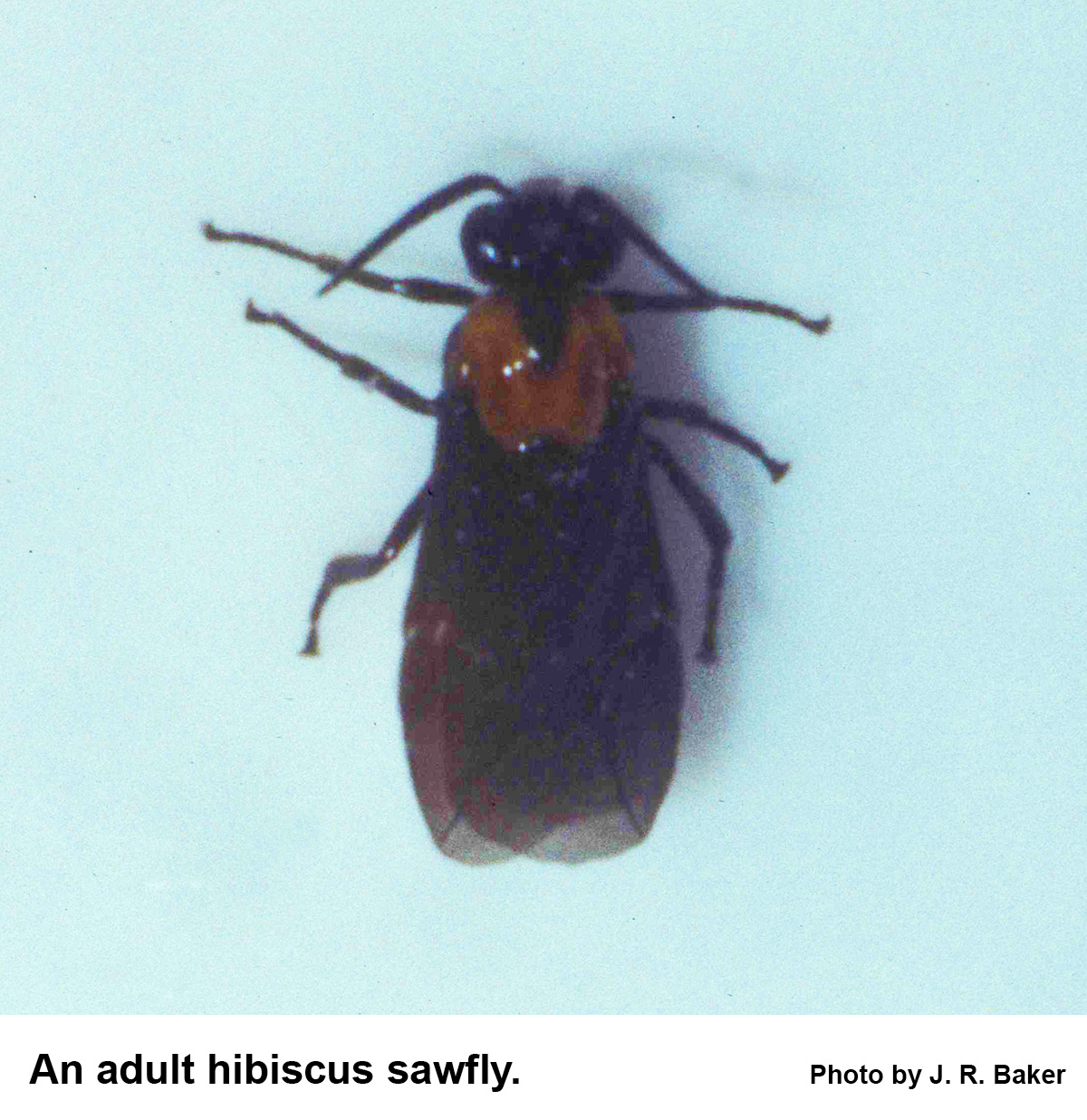
This factsheet describes the biology of the hibiscus sawfly, Atomacera decepta, and provides residential management …

This factsheet describes the biology of midges in the genus Macrodiplosis, which cause vein "pocket" …

This factsheet describes the biology of the maple bladder gall mite, Vasates quadripedes, and provides …